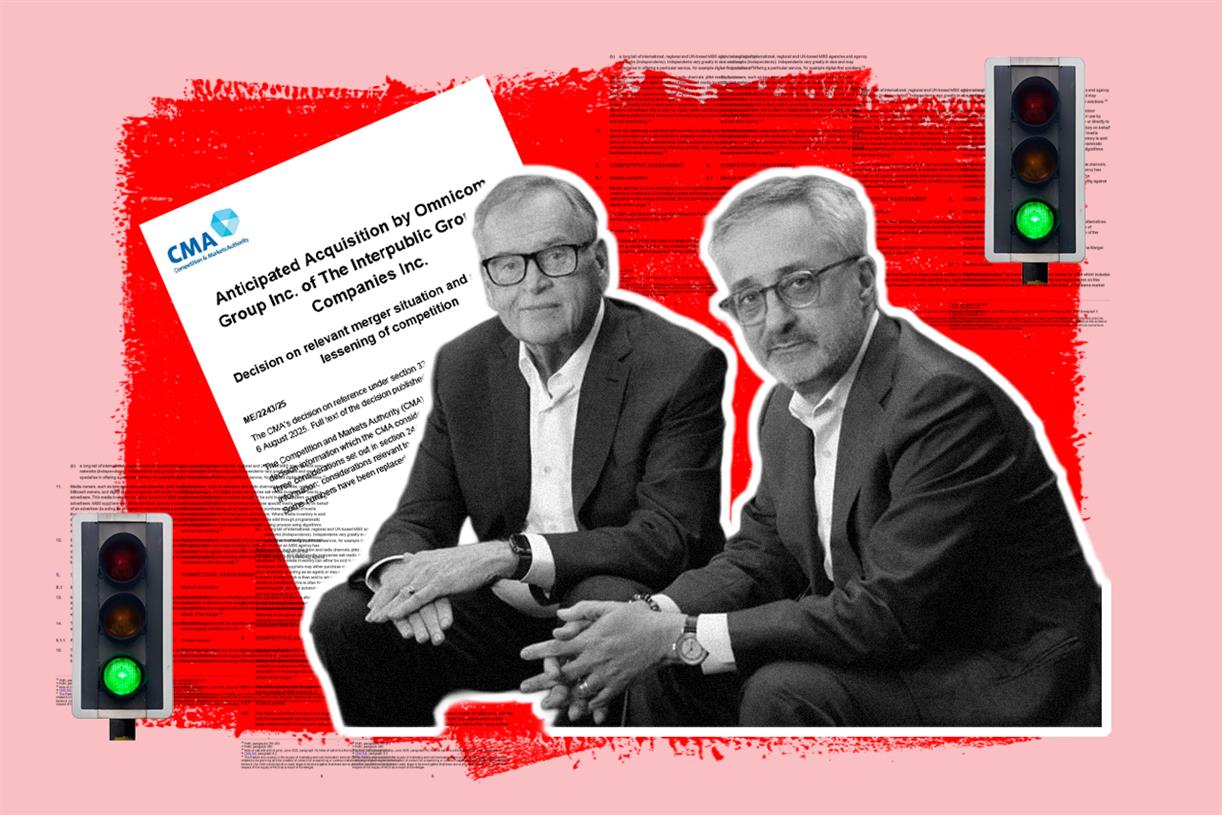How brands can mitigate iOS data loss
A tool kit for 2022 and beyond.

Apple’s requirement that apps obtain user permission before tracking created a myriad of issues for large Fortune 500 companies and series-A startups alike. The company’s iOS14 update compelled mobile advertisers to make significant pivots in how they approach growth efforts. Apple’s iOS 15 update curtails data-sharing even more, putting a new scare in the advertising industry about the future of digital ads in the world of Apple devices.
There has been no better measure of this impact than Facebook reporting in February that it expects 2022's ad revenues to decline by $10 billion.
Let that number sink in.
Many advertisers are responding by taking the easy route and completely shutting off their iOS efforts. However, this is a significant miscalculation as iOS users have historically been a very high lifetime value segment.
Instead, here are strategies that can be implemented to help mitigate the data loss caused by iOS in 2022 and beyond.
Background and changes
In 2012, Apple announced a unique identifier, called IDFA, that was tied to every single iOS device on the planet. The IDFA was a way for advertisers to target and accurately track iOS device users, and it serves essentially the same function as to what a cookie does to a browser.
Nearly 10 years later, Apple is now requiring apps to ask for a user’s permission to track their IDFA as an identifier. Below is an example of what the AppTrackingTransparency (ATT) pop-up for permission looks like:
Flurry Analytics, an advertising analytics firm, reports that approximately 24% to 25% of worldwide users are opting in and allowing their IDFA to be tracked. That leaves a large percentage of the population that aren’t allowing their devices to be tracked.
If a user doesn’t give permission, their data goes through an entirely separate flow via Apple’s SKAdNetwork:
Leveraging mobile web
While there are measurably fewer data to work with, these privacy changes don’t completely blur everything. There are still the users who are browsing on iOS mobile web, in addition to all the unaffected Android and Web users.
While this doesn’t solve the issue head-on, there is a multitude of opportunities to leverage iOS mobile web.
Implementing a web > app flow, or lightweight web experience can help mitigate data loss by relying on site pixels and S2S integrations. As an example, once a user submits their email address, an app download link can be presented to them after collecting initial conversion data. Health and wellness apps do this well by having users complete a quiz on their website and then inviting them to download their app afterward.
Getting crafty
Leveraging mobile web traffic for more accurate measurement is phenomenal, but there are a variety of other tactics that can be implemented to propel iOS growth efforts.
For instance, instead of going straight to an ATT prompt that is very daunting to users, consider warming users up with a prompt informing them why it would be beneficial to allow tracking for support of the company.
Condensing flow
To ensure the most important conversion events are passed from SKAdNetwork, it’s imperative to ensure they happen within the 24-hour timer or are otherwise followed by an event that triggers the timer reset.
Optimizations can be made to an app’s flow to fast-track a user through the funnel. It is possible that offering a free trial option to a productivity app will increase the speed of conversion, or perhaps a more prominent nudge to add items to a cart for a shopping app. While these conversion events might not be north-star metrics, if these are events that indicate a high likelihood to purchase, they can be used as optimization events.
In-platform campaigns
All of this frenzy has pushed platforms to work harder than ever to stop this decline in their iOS ad revenues. Keeping users on platform allows channels such as Facebook to retain first-party data on the types of content or goods that people are purchasing, which then helps the company to refine its targeting capabilities.
A recent example is TikTok releasing its “App Profile Page” ad format, which takes users to a lookalike App Store page on TikTok before directing them to the actual App Store. Such a diversion might sound counterintuitive, but it’s not. In fact, the opposite is true and by adding this extra step, TikTok is provided with an additional signal for the segment of users who will download the app after seeing the App Store page.
Many other examples, such as Facebook’s Lead Ads and Instagram’s Shopping Ads, are worth exploring.
Looking ahead
Growth marketing campaigns have always relied on precise user data to help marketers make decisions on where to invest time and resources. However, what if much of that user data suddenly was stripped away? This is a potentially unfortunate circumstance that we face today. While such a transition will be painful in the short term, one silver lining is that it’s helping to prepare prime marketers for what will continue coming down the road with the rise of government privacy regulations.
This workbook isn’t an exhaustive tool kit by any means, but it will hopefully inspire additional ideas to help companies mitigate the challenges they will face from user data loss.
Sign up for Ad Age newsletters
Get the latest news and analysis delivered to your inbox

 Aliver
Aliver 
































